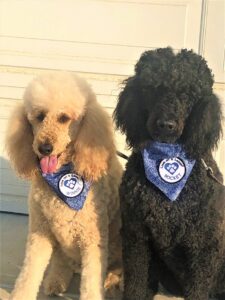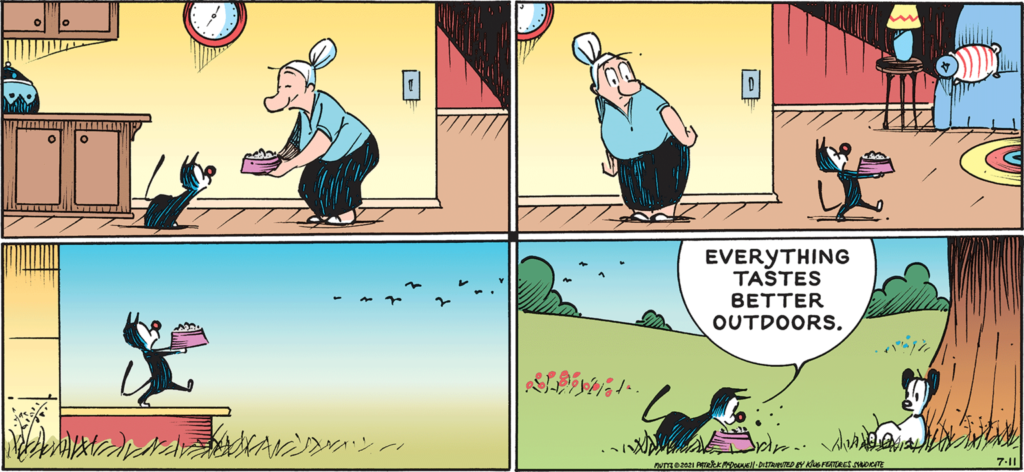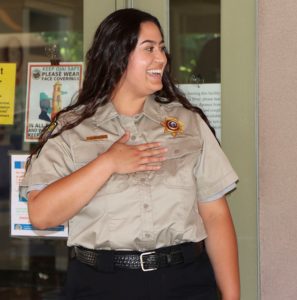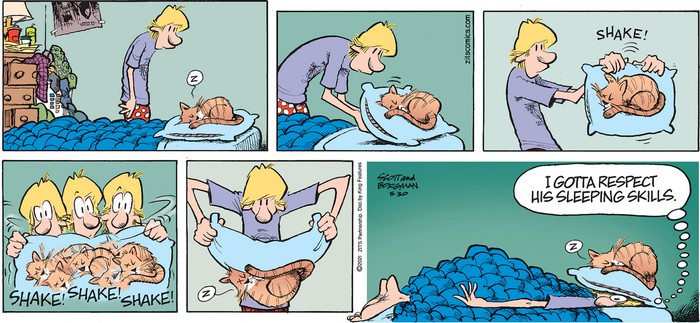 SPAN Thrift Store is now open to the public and looking for donations of adult clothing, household items and tools if you’ve got items you no longer use.
SPAN Thrift Store is now open to the public and looking for donations of adult clothing, household items and tools if you’ve got items you no longer use.
SPAN Thrift Store is providing $10 spays and neuters for low income households with cats and dogs.
Two upcoming clinics in September are:
Tuesday, September 21st at SPAN Thrift Store parking lot 110 N. Olive St. (behind Vons on Main), and a second at Albert H. Soliz Library – El Rio, 2820 Jourdan St., Oxnard, 93036 on Tuesday, September 28th.
Please call to schedule an appointment (805) 584-3823.
∙ Are Cats Ticklish?
By Jennifer Nelson
Your cat is lying next to you on the couch pawing and playing when you decide to reach over and give her belly a little tickle. Wait, are cats ticklish? “Cats can be ticklish but, since they don’t laugh, they show it in different ways,” says Dr. Angelica Dimock, managing shelter veterinarian at Animal Humane Society.
“Ticklish areas include chin, cheeks, belly, and paws,” says Dr. Dimock. But other areas may seem like they are ticklish but have a medical explanation. If you pet a cat along its back in a certain spot, you may see its skin twitch. That’s not a ticklish reaction but rather it’s a nerve reflex. Dr. Dimock says the base of their tail is another spot that some cats react to and can seem like it’s a tickle spot, but again, it’s more like a reaction that they have an itch.
“Cats may be itchy due to fleas, allergies, skin infections, or a disease called feline hyperesthesia syndrome,” she says. Lastly, if you pet their tail base and they move their hips upward, this is a scent gland area, and they are marking you (or it could be an in-heat female who is looking for a mate!).
Tickling a cat may not be as fun for your cat as it is for humans. Cats can become aggressive if they don’t like the feeling of being tickled. If you do try a tickling session, knowing your cat’s warning signs when they’re not happy can help prevent any injuries if they become angry or aggressive. Some common warning signs include ears back, wide eyes, freezing up (stop moving), and vocalizing. If your cat gives you any of these indications, it likely means ‘please stop, I’m not enjoying that.’
Since cats usually don’t make any bones about telling you they’re unhappy, you should be able to get a feel fairly quickly if they enjoy tickling and where. Typically, if they’re enjoying the touch they may purr, knead with their front paws, make soft movements with their tail, seem relaxed or even nudge your hand when you stop.
Tickling, especially under their chin and on their cheeks, mimics the bonding behavior that cats do with other cats so while your pet can’t laugh, she can express perfectly well if she likes your brand of tickling.
∙ Stephan Carey, associate chairperson in the Department of Small Animal Clinical Sciences at Michigan State University’s College of Veterinary Medicine, answers questions about the warning signs of kennel cough and explaining how its outbreak is connected to the COVID-19 pandemic.
Canine Infectious Respiratory Disease, known as CIRD or “kennel cough,” is a complex of highly contagious bacteria and viruses that cause transmissible upper respiratory tract disease among dogs in group settings. As the name suggests, it can happen in kennels, boarding facilities, doggie day care centers and animal shelters, but it can really occur anywhere dogs are commingling, including veterinary clinics, dog parks and dog shows.
It is common to see mild increases in the numbers of outbreaks during the summer months every year because of increases in travel — so, increased kenneling for pets — and increased social activity among dogs at dog parks.
COVID-19 has affected all walks of life — for humans and animals alike. How has it played a part in increased kennel cough cases?
In 2020, because of the COVID-related shelter-in-place and social distancing restrictions, we saw a marked decrease in the numbers of outbreaks of CIRD. This is very similar to what happened to the 2019-2020 flu season in people. Normally the influenza season in the U.S. runs from late September through April. In 2020, the flu season was cut short by about one month because of the implementation of COVID restrictions (social distancing, hand hygiene, decreased travel) in early March. We saw the same effect on CIRD/kennel cough cases in the summer of 2020.
This year, we have seen a notable increase in CIRD outbreaks, particularly during the latter part of the summer. While we would expect a mild increase in most summer seasons, it’s particularly notable this year nationally. There have been large outbreaks reported in New York, Florida, Massachusetts, Michigan, California, Missouri and Minnesota, and this is happening in other parts of the U.S. and in the UK as well.
The biggest contributor to this uptick is likely the increased commingling of dogs because people are going back to work and enrolling dogs in day care settings, because people are traveling and boarding their dogs in kennels, and because of increased social activities like frequenting dog parks. All of these are likely the result of the easing of COVID restrictions.
Another COVID-related factor is that many dogs likely had lapses in CIRD vaccinations during 2020-2021, as access to veterinary care was heavily impacted by COVID. Many of the CIRD vaccines need to be given annually to provide optimal protection and missing a year could increase the risk of transmission.
Like humans preventing the spread of COVID, vaccinations are among the most important things we can do to keep pets safe. While there aren’t vaccines for all factors causing kennel cough, there are vaccines for the most common, like Bordetella and Canine Influenza Virus — similar to the flu shot for humans. So, being sure that your pet’s vaccines are up-to-date, especially if you’re in situations where they’re going to be around other dogs, is the best thing to do.
The most common symptoms of kennel cough are deep coughs that sound as if something were stuck in their throats. Other symptoms include sneezing, running nose, eye discharge, lethargy, loss of appetite and sometimes fever.
If your dog is exhibiting any symptoms of kennel cough, contact your veterinarian immediately and keep them away from other dogs. Your veterinarian can determine whether a veterinary visit is recommended. In many cases, dogs have self-limiting infections, and the recommendation may be to simply isolate the pet rather than to make a visit to the veterinarian, which could potentially increase the risk of transmission.
In dogs with more severe signs or risk factors for complicated infections — such as puppies, dogs with chronic respiratory disease or immunocompromised dogs — veterinary care may be necessary. Your veterinarian can also advise you on the need for quarantine. If quarantine is advised, plan to keep your dog away from social environments, including day care and boarding, for at least 14 days after their symptoms have resolved. This is generally how long it takes for a dog to clear the infection and no longer be contagious to other dogs.










